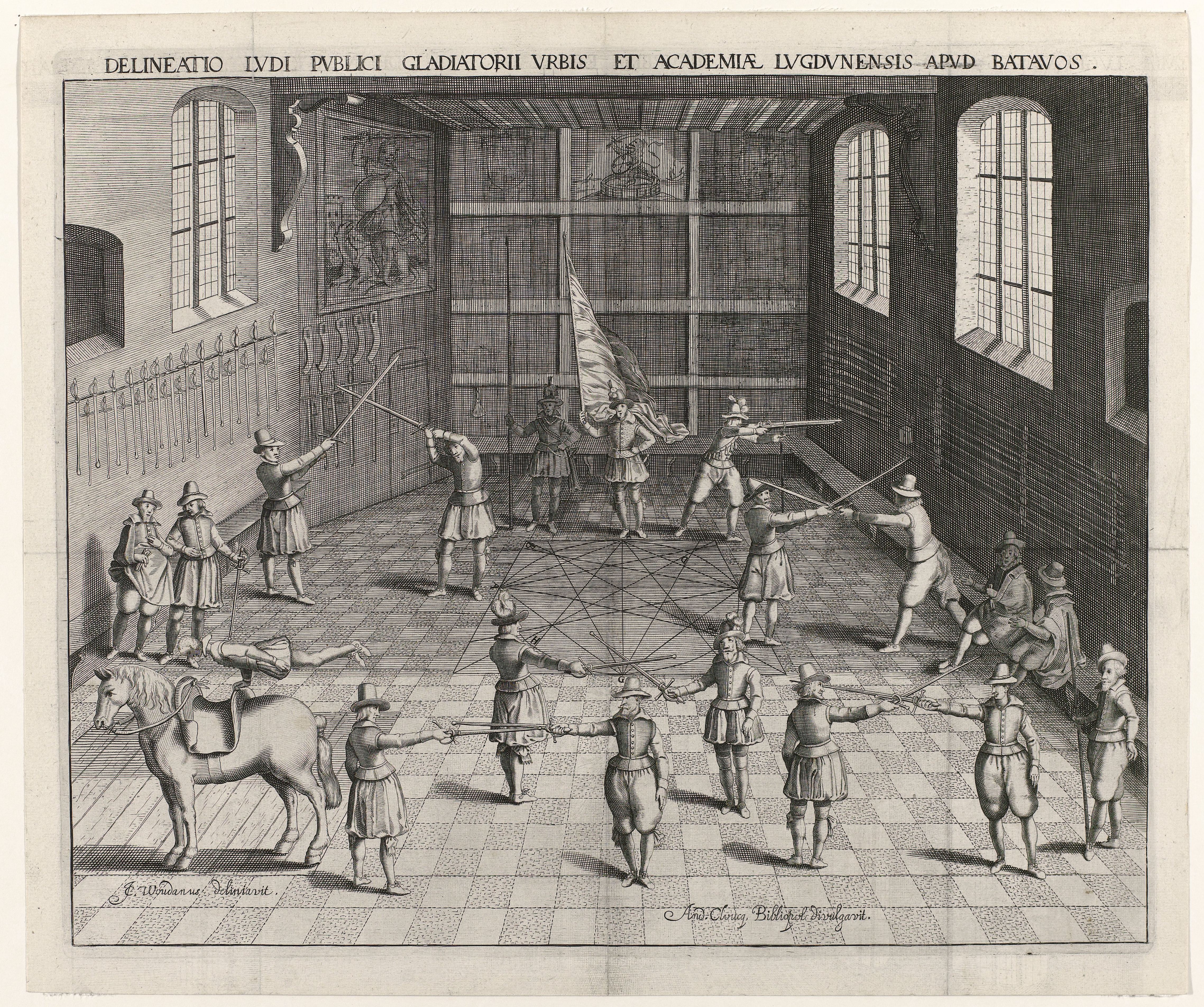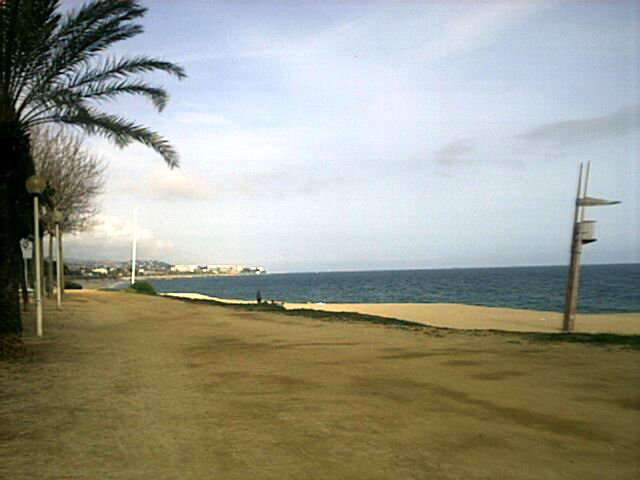|
Venues Of The 1992 Summer Olympics
For the 1992 Summer Olympics in Barcelona, a total of forty-three sports venues were used. Barcelona's first bid for the Summer Olympics was the 1924 Games, losing to Paris. The city tried again in 1936, losing to Berlin. The city subsequently planned to host the People's Olympiad in that year, as a protest against holding the Olympics in Nazi Germany, but were forced to cancel the event because of the outbreak of the Spanish Civil War. Following their success of hosting the Mediterranean Games in 1955, Barcelona would try again to host the Summer Olympics, this time seeking the 1972 Games and losing out to Munich. Montjuïc Stadium, built in 1927-9, would be refurbished during the mid to late 1980s in Barcelona's effort to win the 1992 Summer Olympics, which they did in October 1986. Barcelona's involvement in motorsport included the street circuit at Montjuïc, used for both Formula One and MotoGP from 1950 to 1976, and the Circuit de Catalunya, completed in 1991. The former ... [...More Info...] [...Related Items...] OR: [Wikipedia] [Google] [Baidu] |
Estadi Olímpic Lluís Companys
Lluís Companys Olympic Stadium formerly known as the Estadi de Montjuïc and Estadi Olímpic de Montjuïc and also known in English language, English as the Barcelona Olympic Stadium, is a stadium in Barcelona, Catalonia, Spain. Originally built in 1927 for the 1929 Barcelona International Exposition, 1929 International Exposition in the city (and Barcelona's failed bid for the 1936 Summer Olympics, which were awarded to Berlin), it was renovated in 1989 to be the main stadium for the 1992 Summer Olympics and 1992 Summer Paralympics. It is used mostly for football matches and is the home stadium of FC Barcelona, Barcelona since the 2023–24 season, due to the renovation of their regular ground, the Camp Nou. The stadium is named after Lluís Companys, a president of the Generalitat de Catalunya (Government of Catalonia) executed by Francoist Spain. With its current capacity of 55,926 seats (67,007 during the 1992 Olympics), it is the list of stadiums in Spain#Current stadiums, s ... [...More Info...] [...Related Items...] OR: [Wikipedia] [Google] [Baidu] |
Weightlifting At The 1992 Summer Olympics ...
The Weightlifting Competition at the 1992 Summer Olympics in Barcelona consisted of ten weight classes, for men only. Medal summary Medal table References Sources * Official Olympic Report {{DEFAULTSORT:Weightlifting At The 1992 Summer Olympics Olympic Events at the 1992 Summer Olympics 1992 1992 was designated as International Space Year by the United Nations. Events January * January 1 – Boutros Boutros-Ghali of Egypt replaces Javier Pérez de Cuéllar of Peru as United Nations Secretary-General. * January 6 ** The Republ ... [...More Info...] [...Related Items...] OR: [Wikipedia] [Google] [Baidu] |
Pavelló De L'Espanya Industrial
The Pavelló de l'Espanya Industrial (), currently named Centre Esportiu Municipal l'Espanya Industrial is a building located in Barcelona. Completed in 1991, it hosted the weightlifting competitions for the 1992 Summer Olympics The 1992 Summer Olympics (, ), officially the Games of the XXV Olympiad (, ) and officially branded as Barcelona '92, were an international multi-sport event held from 25 July to 9 August 1992 in Barcelona, Catalonia, Spain. Beginning in 1994 .... References1992 Summer Olympics official report. Volume 2. pp. 196–9. Venues of the 1992 Summer Olympics Olympic weightlifting venues Sports venues in Barcelona {{Summer-Olympic-venue-stub ... [...More Info...] [...Related Items...] OR: [Wikipedia] [Google] [Baidu] |
Handball At The 1992 Summer Olympics
{{1992-Olympic-stub ...
Final results for the Handball competition at the 1992 Summer Olympics: Medal summary References External links International Olympic Committee medal database Hand 1992 Oly 1992 1992 was designated as International Space Year by the United Nations. Events January * January 1 – Boutros Boutros-Ghali of Egypt replaces Javier Pérez de Cuéllar of Peru as United Nations Secretary-General. * January 6 ** The Republ ... [...More Info...] [...Related Items...] OR: [Wikipedia] [Google] [Baidu] |
Palau Sant Jordi
Palau Sant Jordi (, ) is an indoor arena, indoor sporting arena and multi-purpose installation that is part of the Anella Olímpica, Olympic Ring complex located in Barcelona, Catalonia, Spain. Designed by the Japanese architect Arata Isozaki, it was opened in 1990. The maximum seating capacity of the arena is 17,960. Since the inauguration, is the List of indoor arenas in Europe, largest indoor arena by capacity in Spain. The Palau Sant Jordi was one of the main venues of the 1992 Summer Olympics, Summer Olympics hosting the Gymnastics at the 1992 Summer Olympics, artistic gymnastics, Handball at the 1992 Summer Olympics, handball, and Volleyball at the 1992 Summer Olympics, volleyball events. Today, it is used for a variety of indoor sport events as well as for concerts and other cultural activities, due to its great flexibility. Sporting events The arena was the venue of the 1995 IAAF World Indoor Championships, IAAF World Indoor Championships in Athletics. It was the ven ... [...More Info...] [...Related Items...] OR: [Wikipedia] [Google] [Baidu] |
Volleyball At The 1992 Summer Olympics
{{1992-Olympic-stub ...
Volleyball has been an Olympic game since 1964. At the 1992 Summer Olympics, it was represented by two events: men's team and women's team. Medal table Medal summary References External linksOfficial Olympic Report O Events at the 1992 Summer Olympics 1992 1992 1992 was designated as International Space Year by the United Nations. Events January * January 1 – Boutros Boutros-Ghali of Egypt replaces Javier Pérez de Cuéllar of Peru as United Nations Secretary-General. * January 6 ** The Republ ... [...More Info...] [...Related Items...] OR: [Wikipedia] [Google] [Baidu] |
Gymnastics At The 1992 Summer Olympics
At the 1992 Summer Olympics, two different gymnastics were contested: artistic gymnastics and rhythmic gymnastics. The artistic gymnastics events were held at the Palau Sant Jordi from July 26 through August 2. The rhythmic gymnastics event were held at the Palau dels Esports de Barcelona from August 6 through 8th. In artistic gymnastics, the ''New Life'' rule was introduced at the Olympic Games. Under this rule, a gymnast's scores in the compulsory and optional rounds were not carried over to the all-around and apparatus finals. A gymnast's final standing in both the all-around and apparatus finals was based solely on the scores received by the gymnast during those competitions. Artistic gymnastics Format of competition The gymnastics competition at the 1992 Summer Olympics was carried out in three stages: * Competition I – The team competition and qualification round in which gymnasts, including those who were not part of a team, performed both compulsory and optional ... [...More Info...] [...Related Items...] OR: [Wikipedia] [Google] [Baidu] |
Palau Dels Esports De Barcelona
The Palau dels Esports de Barcelona (Barcelona Sports Palace) is a multi-purpose indoor arena in Barcelona, Catalonia, Spain. It is on Lleida Street on the slopes of Montjuïc, a hill to the south east of the city centre. The arena is able to host competitions of any indoor sport. In 2000 it was adapted to better accommodate theatre and musical shows and given a new name: Barcelona Teatre Musical. The seating capacity was reduced from 8,000 to 3,500, but comfort and the acoustic quality were enhanced. History Inaugurated in 1955 for the Mediterranean Games, it was designed by the architect Josep Soteras. It was the only indoor arena of its type in Barcelona until 1971 when FC Barcelona inaugurated the Palau Blaugrana. Even after this, the Palau dels Esports continued to be the only indoor arena in public hands: for this reason it continued to host the main sporting, social, cultural and musical events that took place in the city. During the 1980s it was the home of the RCD ... [...More Info...] [...Related Items...] OR: [Wikipedia] [Google] [Baidu] |
Fencing At The 1992 Summer Olympics
Fencing is a combat sport that features sword fighting. It consists of three primary disciplines: foil, épée, and sabre (also spelled ''saber''), each with its own blade and set of rules. Most competitive fencers specialise in one of these disciplines. The modern sport gained prominence near the end of the 19th century, evolving from historical European swordsmanship. The Italian school altered the historical European martial art of classical fencing, and the French school later refined that system. Scoring points in a fencing competition is done by making contact with the opponent with one's sword. The 1904 Olympic Games featured a fourth discipline of fencing known as singlestick, but it was dropped after that year and is not a part of modern fencing. Competitive fencing was one of the first sports to be featured in the Olympics and, along with athletics, cycling, swimming, and gymnastics, has been featured in every modern Olympics. Competitive fencing Governing ... [...More Info...] [...Related Items...] OR: [Wikipedia] [Google] [Baidu] |
Palau De La Metal·lúrgia
The Palau de la Metal·lúrgia () is a venue located in Barcelona. Constructed for the 1929 Barcelona International Exposition, 1929 International Exposition, it hosted the Fencing at the 1992 Summer Olympics, fencing and the fencing part of the Modern pentathlon at the 1992 Summer Olympics, modern pentathlon events for the 1992 Summer Olympics. References1992 Summer Olympic official report. Volume 2. pp. 189–91. Venues of the 1992 Summer Olympics Sports venues in Barcelona Olympic fencing venues Olympic modern pentathlon venues {{Summer-Olympic-venue-stub ... [...More Info...] [...Related Items...] OR: [Wikipedia] [Google] [Baidu] |
Mataró
Mataró () is the capital and largest town of the Maresme county in Catalonia, Spain. It is located on the Costa del Maresme, Maresme coast, to the south of Costa Brava, between Cabrera de Mar and Sant Andreu de Llavaneres, north-east of Barcelona. , it had a population of 129,749. History Mataró dates back to Roman Republic, Roman times when it was a village known as "Iluro" or "Illuro". The ruins of a first-century BC Roman Thermae, bath house (known locally as the ''Torre Llauder'') were recently discovered and can be visited. The coastal follows the same path as the original Roman road, Via Augusta. Mataró was declared a city by royal decree, even though at the time (nineteenth century) the population fell short of the requirement for city status. The first railway in peninsular Spain was the Mataró – Barcelona line which opened on 28 October 1848 by the Catalonia, Catalan businessman and Mataró native Miquel Biada. This line now forms part of the Renfe/Rodalies de ... [...More Info...] [...Related Items...] OR: [Wikipedia] [Google] [Baidu] |



